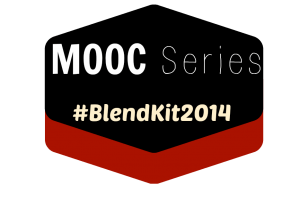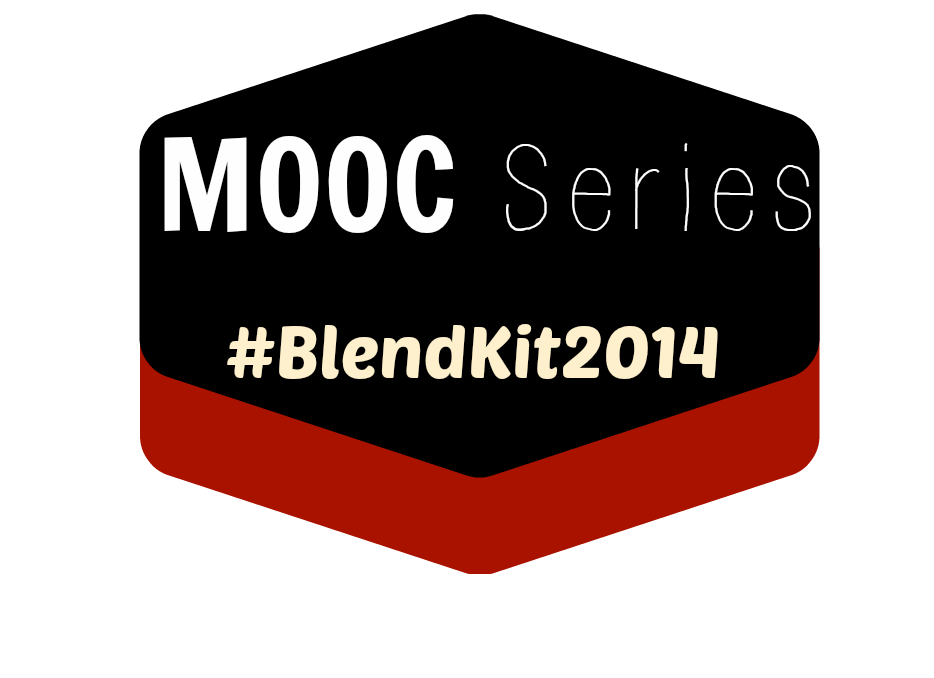
Reading Reaction: Chapter 2
Blended Interactions
A Question to Ponder which captured my attention – Is there value in student-to-student and student-to-instructor interaction in all courses regardless of discipline? I have to first wonder what is meant by “value” since these interactions happen regardless of intentional inclusion in any course. Perhaps value means – is it worth constructing these interactions in course design, making these interactions ssufficiently narrow to lead to course content? Perhaps “value … in all courses” means that some studies might not benefit from the interaction to the same extent as others? However, aren’t these students in many different courses and couldn’t we predict discussions helping learners in one discipline might benefit in all disciplines; are we speaking of the “expert’s” limitations in course facilitation/design then? Perhaps calling out two separate groups – “student-to-student and student-to-instructor interaction” – means that only one is presently formally included? If so, that might be because we all assume the student to student occurs, just maybe outside our control; could value mean harnessing that student to student conversation and making it a persistent and transparent documented discussion?
I took this question as the heart of this chapter.
Since much of this writing focuses on higher education and I am in the K12 world I think an easy way out might be to say that the answer to guided versus minimal learning is answered by the developmental stage of the learner. This would not be untrue, but it would be an implication that age or age should dictate the manner in which the content is delivered, when in reality the individual should be the unit we examine to determine how s/he needs content delivered.
The “apparent dichotomy between faculty guidance and learner self-direction” seems teacher focused instead of learner focused. If the resources were directed to educators, to understand that the efficiency minimal guidance (of an entire course/class section) lacks could be mitigated in higher learning rates for individual learners. However, maybe the educators are objecting to what would honestly be not only more work, but potentially exponentially more work. Some might even look at the work-product as potential replacement of elements of the teaching/learning experience which might not require as many hours with a limited number of students. While these are understandable concerns it would be dishonest to say they are choices to be left to the teacher alone. Learners witness the variety of ways in which they learn outside a formal classroom and will likely not tolerate the false “teacher” choice of which way to teach once the learner understands how s/he learns.
Practically speaking, the teacher is the subject matter expert. S/he needs consultants to help
- consider all gradients of “blends” of course materials
- offer developmental variations on topic and processing
- differentiate on all levels
These resources are most often what leaves a teacher considering the option of creating a self-guided environment as the choice to do more work for the same compensation. While many might take their pride in accomplishment as payment enough it is not practical to expect that to be enough. If one wants to see a major change in this learning process, resources should be committed to converting face to face instruction to differing levels of blended learning.
By far the most interesting part of this chapter was something I had not read about or discussed before, models of the educators in a technologically-enabled era. The Studio Learning, Educator as Network Administrator, Educator as Concierge, and Educator as Curator. In Studio learning the “master” observes and directs the student’s self-directed learning,
I think there is great value in looking at new models, and outside of Staker and Horn, for explaining and understanding blended learning at all levels of education. This idea of models of educators is something I want to redeliver in professional learning opportunities within my district. I was also impacted by “Techno Expression During Course Design.” I would like to incorporate ideas in this section of the reading into course work offered to those interested in learning to move content online to varying degrees, various levels, and in regard to both instructor and learner. A thought which has really stuck with me is the idea of creating a model module/course for my district’s teachers which shows all possible Before / During / After for asynchronous participation for learners while only tasking the participant (educator) in the module/course to select only one to complete, but consider all the possible avenues to invite asynchronous participation.
This article has given me much to consider. Thank you!






Leave a Reply